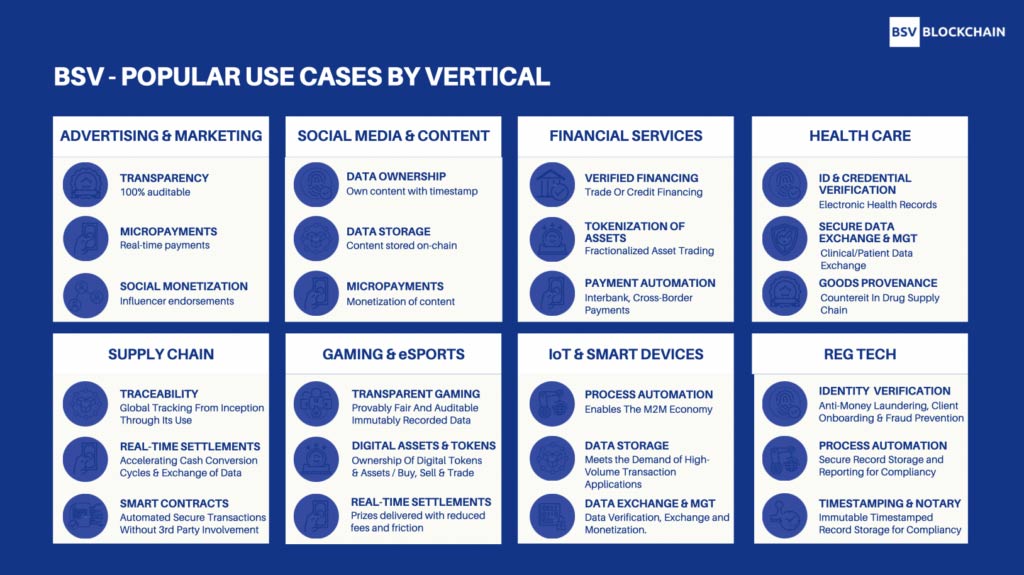The potential of an immersive world for big tech, multimedia software, gaming, art, entertainment, communications, advertising and (insert your industry + vertical)
The concept of a Metaverse has been around since the early 90s however, it’s not until the last year or so that technology has progressed to a point where the idea is much more tangible.
In early 2021 Mark Zuckerberg announced to the world the rebranding of the corporate structure behind Facebook to a new name of ‘Meta’ and revealed his plans to bring the Metaverse into reality.
In recent years Facebook has invested heavily in virtual and augmented reality technology as well as its ventures in the Facebook marketplace, its app store, live streaming and advertising and analytics programs.
Other companies which have indicated a keen interest in the Metaverse are Epic Games, Microsoft, Apple and NVidia; all of which seem natural fits for an immersive virtual reality multimedia world.
Epic games, with the backing of Sony and Lego, are working on building a family-friendly Metaverse world that expands upon the foundation set by Roblox. Users will be able to construct their virtual world from the landscape up, and invite others into these worlds to come and experience all manner of activities from DJing a virtual party, to shower simulators, to chasing werewolves.
It seems natural for such a platform to transition into an immersive virtual reality experience and its collaborative development of the content should lead to a rich variety of experiences.
Obviously, what would an immersive world be without diverse applications and games that one can peruse through, and who better to leverage their experience in that world than Apple with its App Store?
Apple is notorious for its walled garden approach to its operating systems and native software so it will be interesting to see how they plan to address almost mandatory intersectionality and interoperability with other Metaverse domains.
The ambitions of Nvidia should also come as no surprise, with their extensive experience in bringing virtual worlds to life in the gaming industry, as well as their cloud and AI services.
Decentraland has created an extensive virtual browser-based world where users can purchase plots of land as NFT titles to develop as they wish with activities in this world all payable via the MANA digital asset.
With the proportion of people who are almost always online nowadays available to chat through one of their messenger clients (very much a majority) the first industries which seem well placed to transition into a Metaverse model are gaming and social media. For example, only 7% of Americans are reported not to use the internet at least once daily.
Though most users are spread out across a few key providers, it would not be too much of a stretch at all to see migration to either parallel iterations of the same service in a virtual reality world, or cross bridging mechanisms whereby content from those unique providers could be shared into a VR Metaverse. This is especially true as Meta owns a decent chunk of these providers themselves.
Imagine flicking through Instagram or Facebook photo albums as virtual reality books, having a chat box open as you navigate the Metaverse where you can at any time reach one of your contacts to arrange a virtual meet-up for a dance, a shower or a werewolf hunt.
The COVID era saw many artists and performers have a foray into delivering virtual concerts, education providers switch to delivering online content rather than face-to-face and workplaces move heavily into Zoom or Teams-based verticals. People are much more familiar now with these virtual offerings and it wouldn’t be a stretch to think that as lockdowns and social distancing regulations are wound back, many may still explore these Metaverse-like avenues to a deeper degree than they did pre-Covid.
An opportunity for developers, entrepreneurs and businesses to become early adopters of the Metaverse

Although it’s still early days in the sense of what will eventually come to fruition it would be wise for industries with some element of fun to their service offerings to look to see how they can explore these worlds.
When the entertainment is there, then the users will come, when the users come, then the money will flow. When the money flows, then the advertisers, virtual goods and services, and other ancillaries can join the fray. You can’t put the horse before the cart and expect the users to join a world to view a bunch of adverts if there’s no content there to immerse themselves in.
In that sense, the marketers and advertisers should be looking to recruit developers to build attractive offerings to bring users in. This is at least the case in the legacy framework where so much revenue stream to application developers comes through the form of advertising or the selling of customer data.
If we introduce micropayments into the equation, however, then the paradigm can be scaled much more organically with developers able to monetise their services from the get-go and other business models generated that leverage a more granularised ability to exchange value.
Your introduction to the Metaverse – eBook
Getting a firm grasp of the past, present and future potential of the Metaverse provides an opportunity for developers, entrepreneurs and businesses to become early adopters.
Download our eBook ‘Your introduction to the Metaverse’ to learn about the opportunities of the:
- The potential of an immersive world for big tech, multimedia software, gaming, art, entertainment, communications, advertising and (insert your industry + vertical)
- What enterprise leaders should know and do about the Metaverse
- What government officials should know and do about the Metaverse?
- What developers should know and do about the Metaverse
